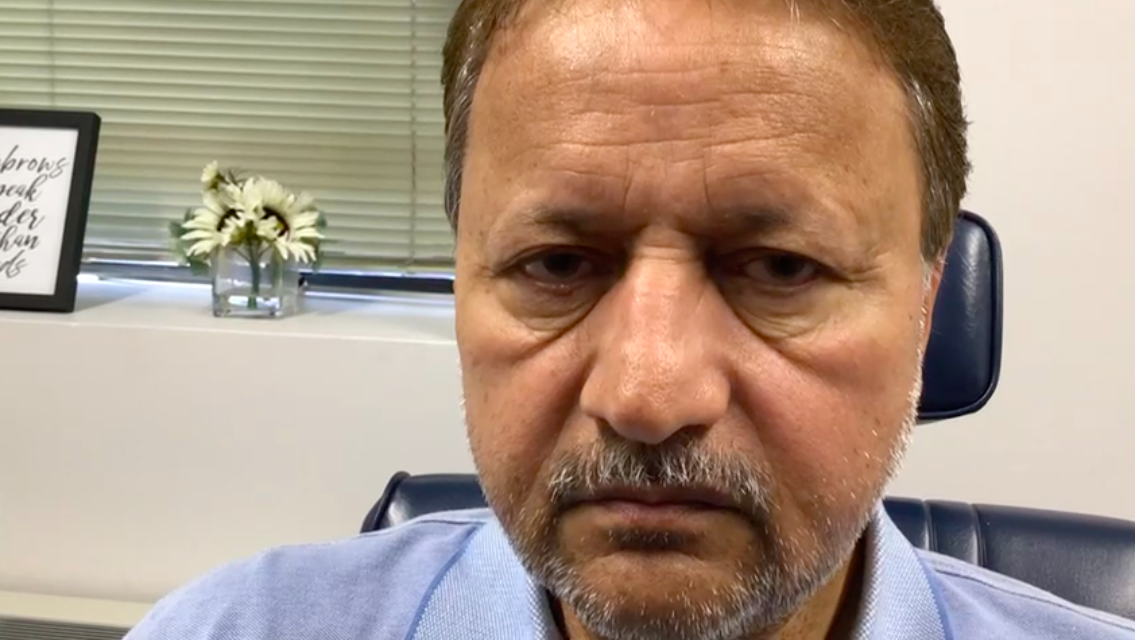Blepharospasm and dry eye are two distinct but sometimes interrelated eye conditions. Let’s explore how they are related and how they can coexist:
Blepharospasm: Blepharospasm is a neurological disorder characterized by involuntary, repetitive contractions of the eyelid muscles. These contractions can lead to uncontrollable blinking and, in severe cases, even forceful closure of the eyelids. It’s typically unrelated to dry eye in terms of its underlying cause.
Dry Eye: Dry eye syndrome, also known as keratoconjunctivitis sicca, occurs when the eye fails to produce an adequate amount of tears or when the quality of tears is compromised. This condition leads to symptoms such as eye dryness, irritation, burning,
Coexistence
Some individuals with blepharospasm also experience dry eye symptoms. Persistent and excessive blinking or eyelid closure interferes with the normal distribution of tears across the eye’s surface. As a result, increased tear evaporation can worsen dry eye symptoms, leading to further irritation and discomfort. Additionally, applying lubricating eye drops, a common treatment for dry eye, can be challenging due to involuntary eyelid movements. This difficulty may reduce the effectiveness of the treatment and contribute to ongoing symptoms.
Differential Diagnosis
Healthcare professionals must accurately distinguish between these conditions because they require different treatment approaches.
- Blepharospasm treatment typically includes botulinum toxin injections into the eyelid muscles to reduce involuntary contractions. These injections help relieve symptoms by temporarily relaxing the affected muscles.
- Dry eye treatment involves artificial tears, prescription medications to boost tear production, intense pulsed light (IPL) therapy, and lifestyle modifications. Patients may also benefit from strategies to reduce environmental triggers that worsen dryness.
Impact on Quality of Life
The coexistence of blepharospasm and dry eye can have a significant impact on daily life. Both conditions cause physical discomfort and have visible symptoms, which may lead to social challenges and emotional distress. Struggling with chronic eye irritation and involuntary movements can make routine tasks, such as reading or driving, more difficult. Effective management of both conditions is essential to enhance overall eye health, improve comfort, and support a better quality of life.
Conclusion
Although blepharospasm and dry eye are distinct conditions, they sometimes coexist and exacerbate each other’s symptoms. Accurate diagnosis and a comprehensive treatment plan that addresses both issues are crucial for effective management. Healthcare professionals, including ophthalmologists and neurologists, play a key role in providing appropriate care, guiding patients through treatment options, and ultimately improving their quality of life.







